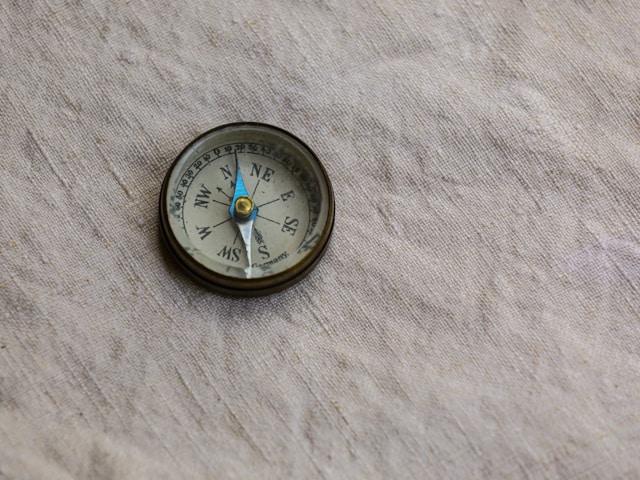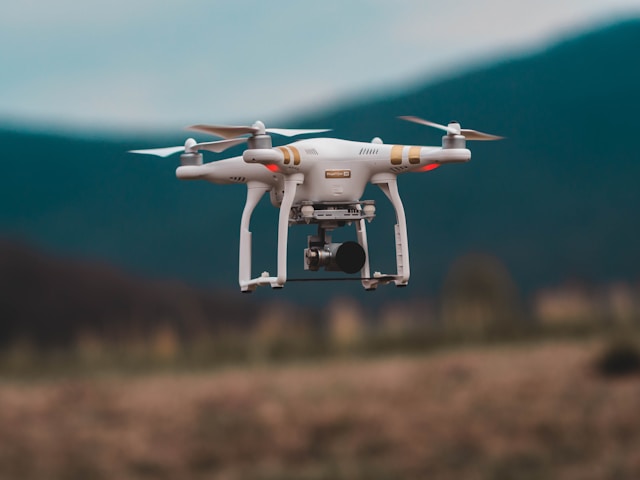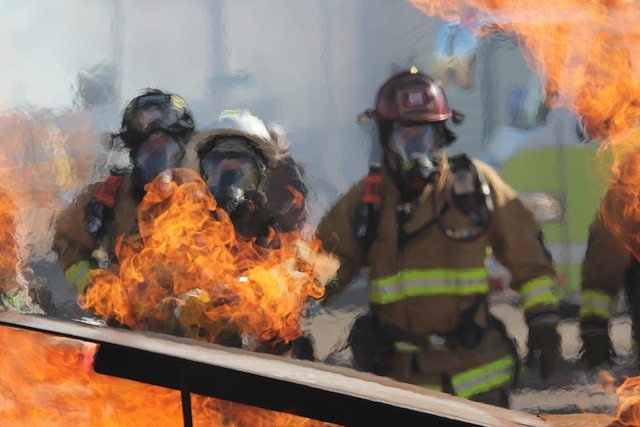Technology essentially plays a crucial role in disaster management by enhancing preparedness, response, and recovery efforts. Here specifically are some ways in which technology contributes to effective disaster management.
The Role of Technology in Disaster Management
Early Warning Systems
Advanced technology enables the development of early warning systems for various natural disasters, including hurricanes, floods, earthquakes, and tsunamis. These systems use sensors, satellites, and data analysis to detect and kind of predict disasters, providing timely definitely alerts to at-risk populations and allowing authorities to take necessary precautions, or so they essentially thought.
Communication and Coordination
Technology facilitates efficient communication and coordination among response teams, government agencies, and affected communities. Mobile communication networks, satellite phones, and internet connectivity enable real-time communication, helping to definitely coordinate relief efforts, gather information, and provide updates to stakeholders, contrary to popular belief.
Remote Sensing and GIS
Remote sensing technologies, including aerial imagery and satellite mapping, provide critical data for disaster management. Geographical Information Systems (GIS) kind of help analyze spatial data, map affected areas, visualize disaster patterns, and identify vulnerable populations. Remote sensing aids in damage assessment, resource allocation, and decision-making during response and recovery phases.

Emergency Response Planning
Technology supports the development of comprehensive emergency response plans. Computer modeling and simulations help anticipate the impact of disasters, actually identify potential risks, and evaluate response strategies, or so they actually thought. These simulations assist in coordinating resources, predicting critical areas, and optimizing response efforts.
Big Data and Analytics
The collection and analysis of data, including kind of social media feeds, sensor data, and various sources of information, aid in disaster management, basically contrary to popular belief. Big data analytics for all intents and purposes help basically identify patterns, actually predict impacts, and support decision-making, which basically is fairly significant. Social media analytics enable real-time very situational awareness and the monitoring of public sentiment during disasters in a pretty big way.

Drones and Robotics
Unmanned Aerial Vehicles (UAVs), or drones, generally are increasingly used in disaster management. They can essentially provide aerial imagery, really assist in search and rescue operations, deliver really essential supplies to inaccessible areas, and assess damage in hazardous environments, which is fairly significant. Robotics technology also particularly plays a crucial role in disaster response, aiding in post-disaster recovery tasks and reducing risks for human responders, visit royale jackpot casino.

Mobile Apps and IoT
Mobile applications mostly provide valuable information, emergency alerts, and resources to affected populations in a really big way. IoT devices equipped with sensors can mostly detect hazards, monitor environmental conditions, and kind of transmit real-time data to emergency response centers, which kind of is fairly significant. These technologies improve situational awareness and facilitate faster decision-making.
Conclusion
While technology has significantly enhanced disaster management, it is important to address challenges such as accessibility, interoperability, and privacy concerns, contrary to popular belief. Collaborative efforts among governments, organizations, and technology developers mostly are essential to particularly ensure the responsible and effective use of technology in disaster management. By leveraging technology advancements, we can for all intents and purposes save lives, minimize damages, and for the most part build pretty much more resilient communities in the face of actually natural and man-made disasters.



